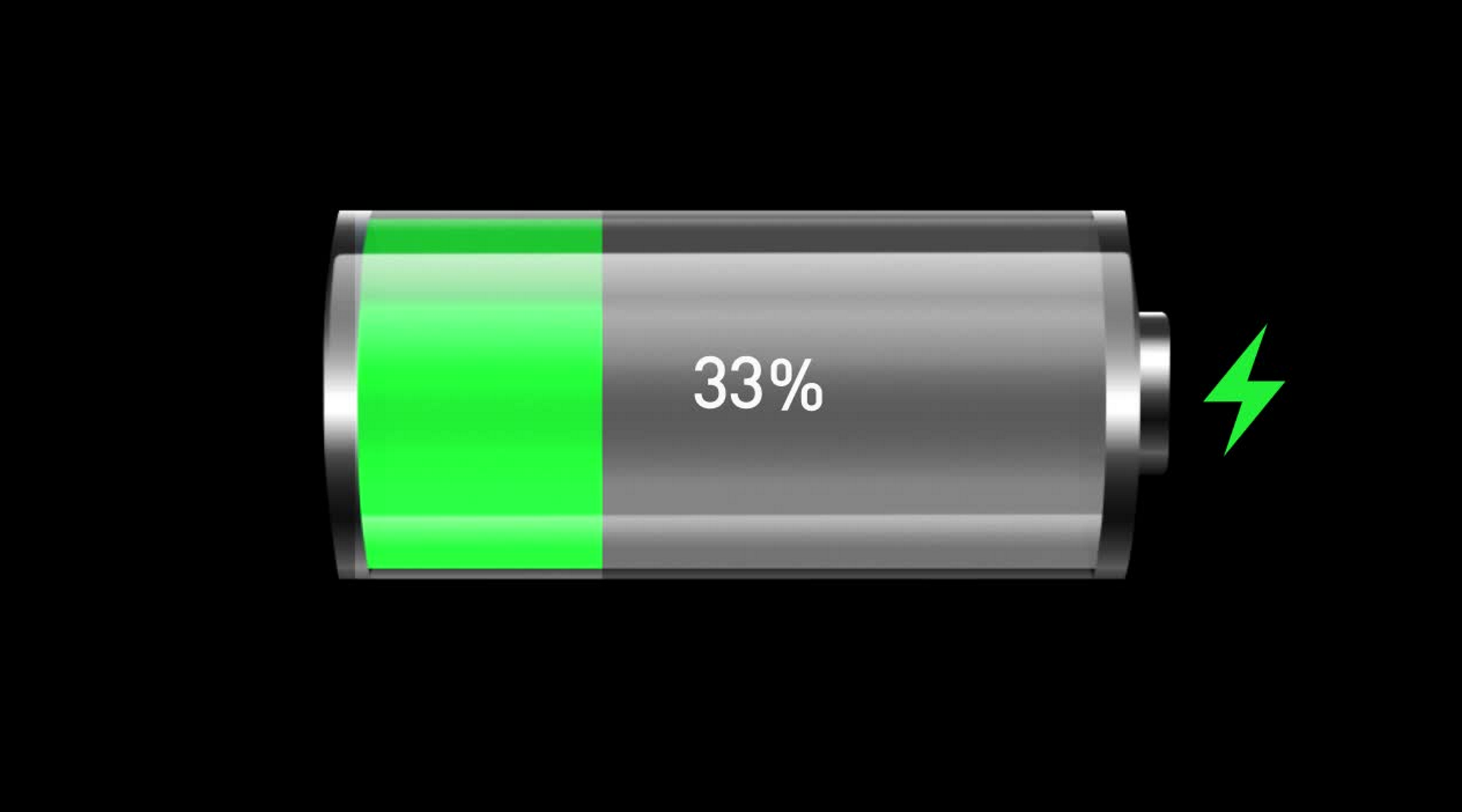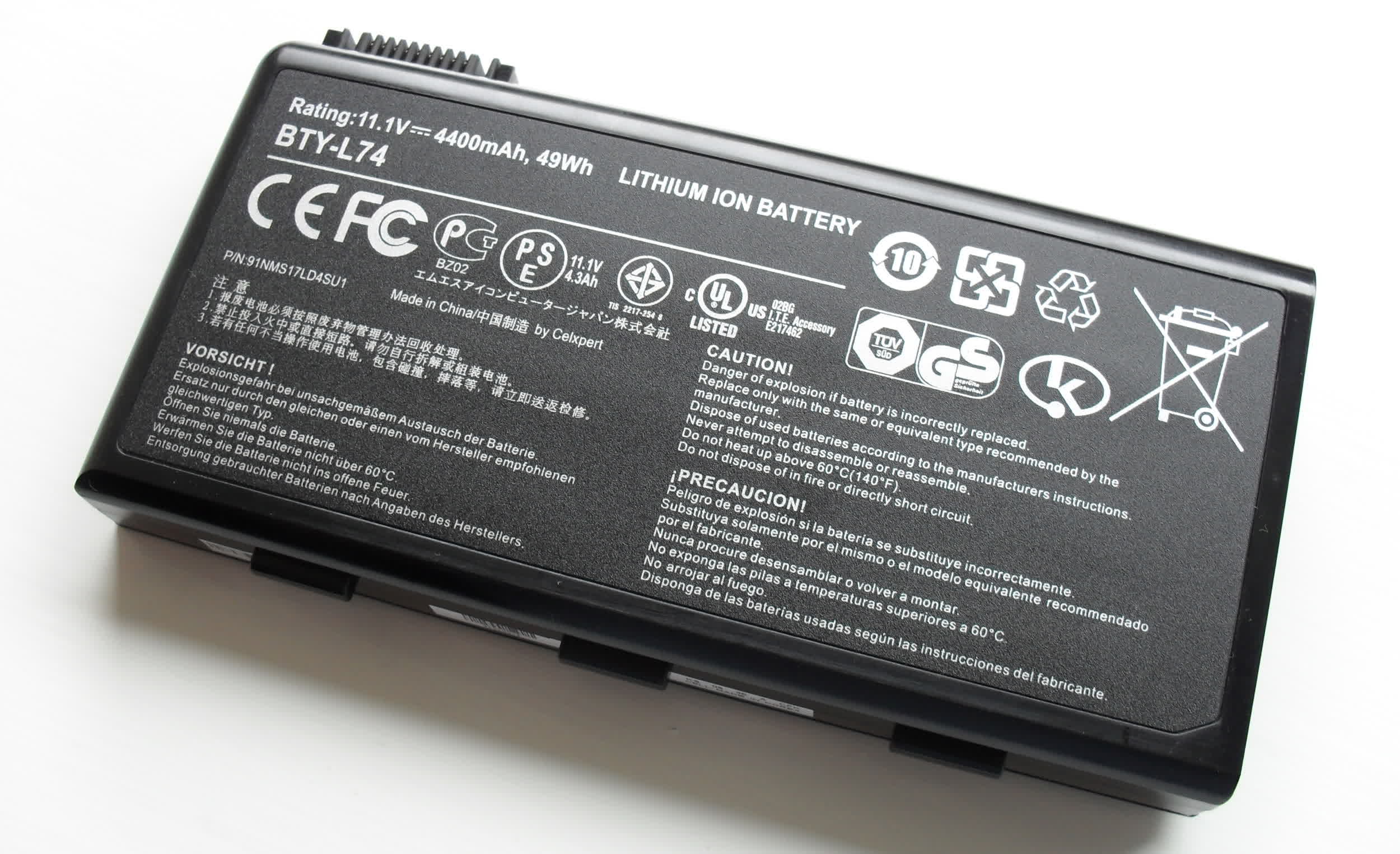Forward-looking: Despite being one of the most practical and effective technologies for storing and delivering electric energy, lithium-ion batteries have started to show their limits. Scientists are looking for alternative materials and energy storage solutions, but researchers now say they can make li-ion batteries work better and for extended periods.

A team of European researchers from Helmholtz-Zentrum Berlin (HZB) and Humboldt University in Berlin developed an alternative charging solution to make li-ion batteries last much longer than they do now. The study shows that batteries become more resilient and retain a higher energy capacity after hundreds of discharge-recharge cycles by changing how the charger delivers current to electrolyte materials.
Lithium-ion batteries are compact, robust energy containers that have become ubiquitous. Electric vehicles and electronic devices rely on them, but their capacity gradually degrades as electrolytes pass through the membrane that separates the anode and cathode. The best commercial-grade lithium-ion batteries available use electrodes made of a compound known as NMC532 and graphite, and they provide a service life of up to 8 years.
Conventional charging uses a constant current (CC) of external electric energy. The study analyzed what happened to battery samples when using the CC charging and discovered that the anode's solid electrolyte interface (SEI) was "significantly thicker." Furthermore, they found more cracks in the NMC532 and graphite electrode structures.

A thicker SEI and more cracks in the electrodes mean a significant loss of capacity for the li-ion batteries. So, the researchers developed a charging protocol based on pulsed current (PC). After charging the batteries with the new PC protocol, the team discovered that the SEI interface was much thinner, and the electrode materials underwent fewer structural changes.
The team used two of Europe's leading synchrotron facilities for particle acceleration, "BESSY II" and "PETRA III," to conduct the pulsed-current recharging experiments. They discovered that PC charging promotes the "homogeneous distribution" of lithium ions in the graphite, which reduces mechanical stress and cracking in the graphite particles. The protocol can also suppress structural degradation in the NMC532 cathode.
The study shows that high-frequency pulsing with square-wave current produced the best results. The tests show that PC charging can double the service life of commercial li-ion batteries with an 80 percent capacity retention.
"Pulsed charging could bring many advantages in terms of the stability of the electrode materials and the interfaces and significantly extend the service life of batteries," said TU Berlin professor Dr. Julia Kowal, co-author of the study.
New charging algorithm could double life of li-ion batteries